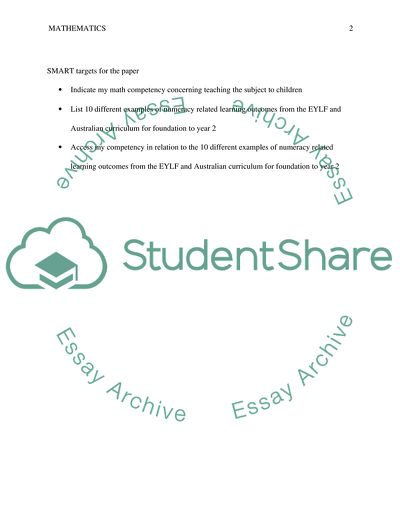Cite this document
(Personal Competency in Teaching Mathematics in Accordance with Statement Example | Topics and Well Written Essays - 1250 words, n.d.)
Personal Competency in Teaching Mathematics in Accordance with Statement Example | Topics and Well Written Essays - 1250 words. https://studentshare.org/mathematics/1809475-mathamatics
Personal Competency in Teaching Mathematics in Accordance with Statement Example | Topics and Well Written Essays - 1250 words. https://studentshare.org/mathematics/1809475-mathamatics
(Personal Competency in Teaching Mathematics in Accordance With Statement Example | Topics and Well Written Essays - 1250 Words)
Personal Competency in Teaching Mathematics in Accordance With Statement Example | Topics and Well Written Essays - 1250 Words. https://studentshare.org/mathematics/1809475-mathamatics.
Personal Competency in Teaching Mathematics in Accordance With Statement Example | Topics and Well Written Essays - 1250 Words. https://studentshare.org/mathematics/1809475-mathamatics.
“Personal Competency in Teaching Mathematics in Accordance With Statement Example | Topics and Well Written Essays - 1250 Words”. https://studentshare.org/mathematics/1809475-mathamatics.


